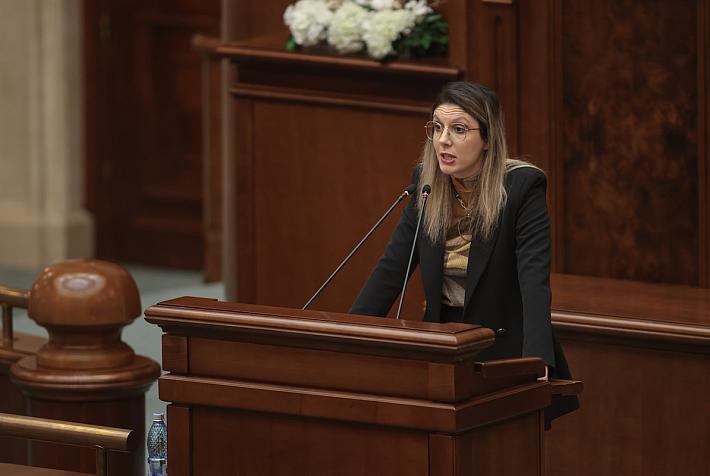After protests, Chevron halts shale gas search in Romania, awaits local referendum on fracking

Oil and gas company Chevron has made a step back and decided to suspend exploring for shale gas at Pungesti, in Romania's Eastern region of Moldova. This comes after villagers from Pungesti staged protests for several days in a row, finally triggering Chevron to remove its drilling equipment from the site.
The 2,500 people who are allowed to vote in the village where Chevron wants to start looking for shale gas using the so – called fracking are called to say yes or no to the oil and gas company's project in a local referendum on November 24. Until then, it's game on for lobbying in the remote village from Vaslui county.
Exploration for shale gas was not covered by mainstream media in Romania in the last two years, even if elsewhere in the world fracking had caused protests. The Rosia Montana planned gold mine and the use of cyanide kept front pages instead as almost daily protests have been organized for more than two months.
It was not until the villagers from Eastern Romania started the protest and when a few thousands people gathered downtown Bucharest at the same time to protest against fracking that the topic entered the public agenda.
After the revolt at Pungesti, Romanian Prime Minister Victor Ponta said he's still for Romania's energy independence. Data from Energy Information Administration points to 1.4 billion cubic meters of shale gas in Romania, which would have the potential to cover the country's consumption over the next 100 years, according to Romanian media.
Which is why all eyes are now on what will happen at the Pungesti referendum, and on whether Romanians will accept shale gas exploration and eventually exploitation near their homes.
Chevron won the rights to search for shale gas in Eastern Romania, as well as in three localities on the Romanian seaside, at Vama Veche, Adamclisi and Costineşti.
Fracking projects have sparked protests around the world with controversy over the impact of the technique, which is used to drill for shale gas and oil. Hydraulic fraction or “fracking” pumps water and chemicals at high pressure into deep rock formations to create fractures and free oil and gas.
Environmentalists argue the technique may contaminate ground water and even cause small earthquakes. According to Chevron however, natural gas extracted from shale rock formations has become the fastest-growing source of gas in the United States and other countries throughout the world are now evaluating how they can harness this emerging energy source.
editor@romania-insider.com












